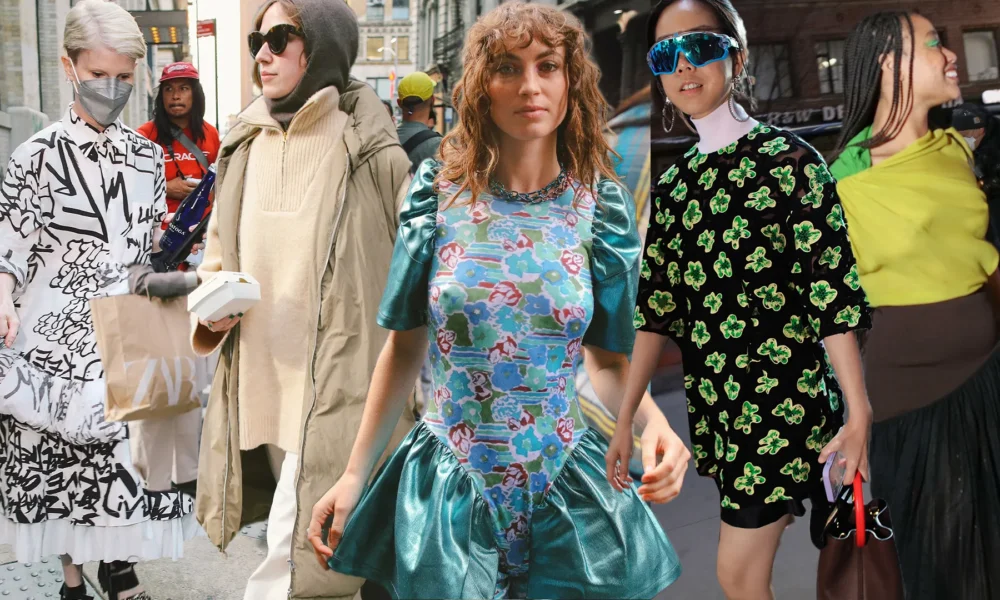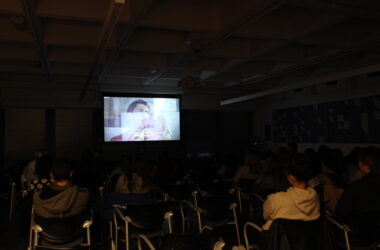Held bi-annually, New York Fashion Week (NYFW) is one of the biggest opportunities for designers to present their new collections to critics, buyers, and the broader public. While always hotly anticipated, this month’s NYFW was particularly special as it saw a return to in-person runway shows for the first time since February 2020. Over the course of five days, guests viewed designers’ Spring-Summer collections, attended raucous after-parties, and showed off their own eccentric street styles. Yet amidst the chaos of Fashion Week, one particular subset of attendees was hard to miss—armed with vlog cameras and decked out in Revolve, social media influencers were present in unprecedentedly large numbers.
Though influencers have previously attended NYFW, invitations were typically only extended to bloggers with established ties to the industry, which included the likes of Chiara Ferragni, Chrishelle Lim, and Lauren Conrad. In recent years, however, Fashion Week’s audience has expanded significantly as brands aim to attract a newer and younger generation of consumers.
On the one hand, this has led to a greater sense of accessibility within the fashion sphere; increased social media coverage and more inclusive guest lists have granted up-and-coming creatives and minority-owned labels, such as House of Amma and Chuks Collins, more exposure and networking opportunities. Brands have learned the importance of prioritizing diversity, not just in the models they choose to cast, but in who they extend invitations to. In turn, this has created greater space for people of colour and queer and trans people at events previously dominated by white executives and socialites. But the expansion of Fashion Week has also resulted in an excessive amount of media coverage on event attendees. While celebrity sightings have always been cause for buzz, certain influencers have begun to use NYFW purely as an opportunity for publicity.
So, why do fashion houses continue to invite influencers, many of whom have zero design knowledge or expertise? In theory, these partnerships are highly strategic: Designers can leverage influencers’ platforms to bolster brand exposure, particularly amongst a younger consumer base. And because of their perceived exclusivity, influencers are, in turn, keen to advertise a brand’s clothing and events.
The issue, however, lies in designers’ frequent inability to select influencers who align with their brand image. At this year’s NYFW, for instance, several labels chose to invite TikTokers to their events. Notorious for promoting fleeting microtrends and the consumption of fast fashion, these influencers stand in striking contrast to high fashion’s artistic integrity and creative values.
With that being said, influencers aren’t going anywhere anytime soon. Thus, it is unfeasible—and ultimately unfair—to discount them from the fashion world altogether. Designers, however, must make an effort to be more selective when deciding who to partner with during events like NYFW. This means learning to prioritize meaningful engagement over name recognition.
Take Emma Chamberlain, a YouTuber who shot to fame in 2017 for her refreshingly authentic YouTube vlogs. As Chamberlain’s base grew, so did her identity as an influencer, enabling her to transcend the sphere of YouTube and break into the world of fashion, garnering partnerships with both Louis Vuitton and Cartier along the way. A style icon in her own right, Chamberlain has also worked to adopt a careful approach to sustainable fashion by embracing thrifting and inspiring her followers to do the same. Despite her immense following, Chamberlain’s genuine interest in fashion set her apart from other content creators, making her a more authentic liaison between high fashion brands and the younger consumer base they are trying to capture. Influencers like Chamberlain are exactly who brands should seek to invite to New York Fashion Week.
There is no doubt that NYFW, one of fashion’s most time-honoured traditions, is in the midst of an upheaval. To keep up with social media’s influence, brands have no choice but to connect with a new generation of consumers and creatives. Yet, in doing so, they must prioritize their artistic integrity and pursue meaningful influencer partnerships with an emphasis on diversity, inclusion, and broader access to the world of fashion. While the most recent NYFW revealed gaps in certain brands’ approaches, it also reaffirmed the importance of substantive partnerships with dynamic individuals—something we must see more of in future iterations.








